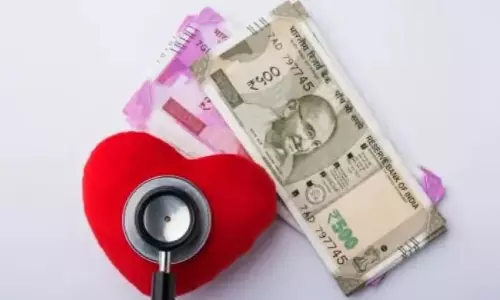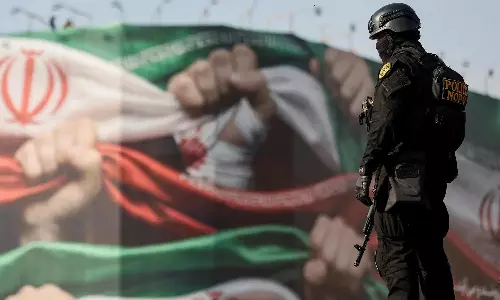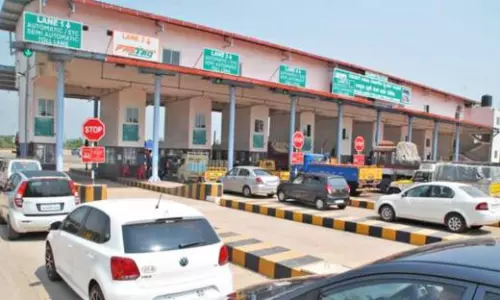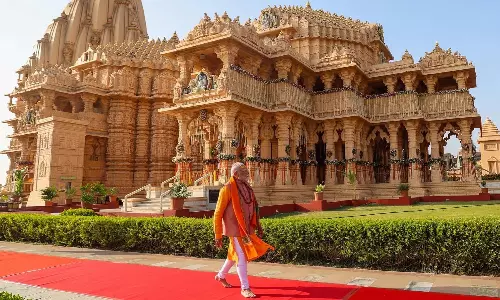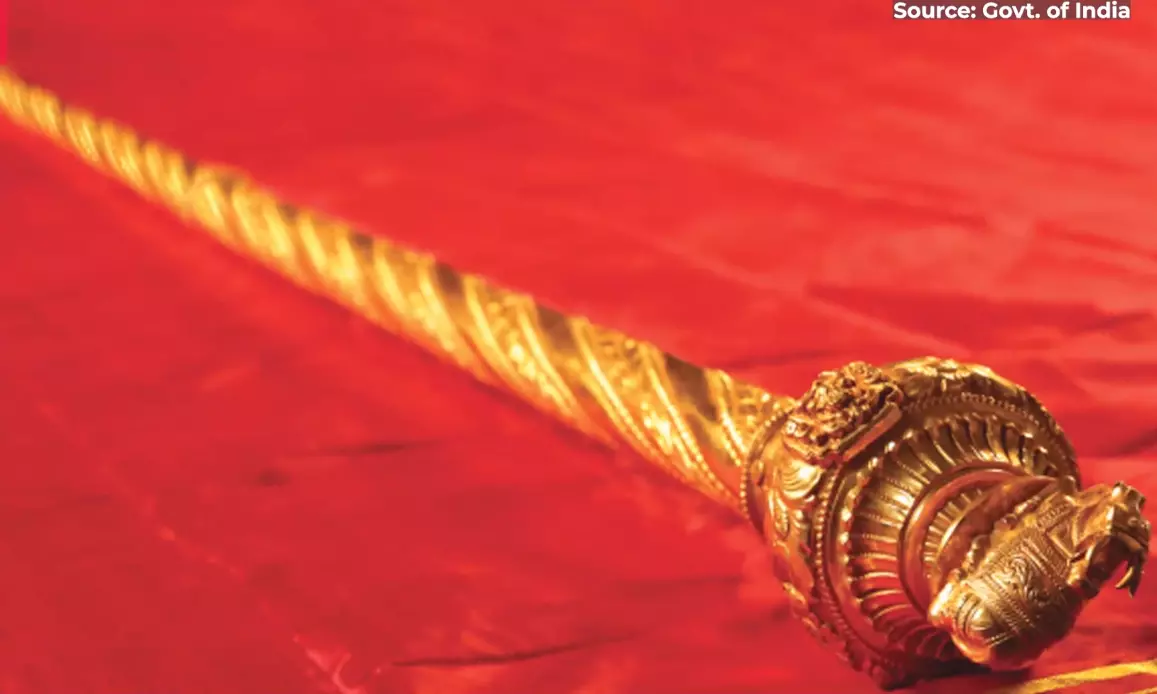
Independence Day 'Sengol' to adorn new Parliament building
text_fieldsScreen grab from Economic Times footage.
New Delhi: The new parliament building is to be inaugurated in the presence of the "Sengol", the historic golden sceptre that witnessed the power transfer on the midnight of August 15, 1947, India's Independence Day.
On Sunday, Prime Minister Narendra Modi will install the sceptre next to the Speaker's seat, Union Minister Amit Shah informed on Wednesday.
The sceptre was handed over to India's first Prime Minister, Jawaharlal Nehru, by the last viceroy of British India, Lord Mountbatten, marking the power transfer from British to Indians. "Sengol" derives from the Tamil word "semmai", which means "righteousness", NDTV gathers.
NDTV reports that ahead of the event of the power transfer in 1947, Mountbatten asked Nehru about what would mark the power transfer. For that, the country's last Governor-General, C Rajagopalachari, gave a suggestion, which is the sceptre Sengol. He cited the Chola dynasty tradition of the high priest handing over the sceptre to a new king.
Thus Rajagopalachari worked on the arrangement of a sceptre, and he contacted Thiruvaduthurai Atheenam. It was a prominent mutt in Tamil Nadu, where the seer accepted the job. A jeweller from then Madras, Vummidi Bangaru Chetty, made the sceptre, which is five feet long and has a 'Nandi' bull on top, which symbolises justice, NDTV gathers.
On the occasion of the power transfer, the senior priest of the mentioned mutt first handed over the sceptre to Mountbatten and took it back. Then it was sprinkled with water from the Ganga river and was taken in a procession to PM Nehru before it was handed over to him. This event took stage approximately 15 minutes before midnight when India became free.
Amit Shah claimed on Wednesday that the said story of Sengol is not known to many, and its installation inside the new parliament aims to link India's cultural traditions with modernity. It also reflects PM Narendra Modi's far-sightedness, he claimed.










